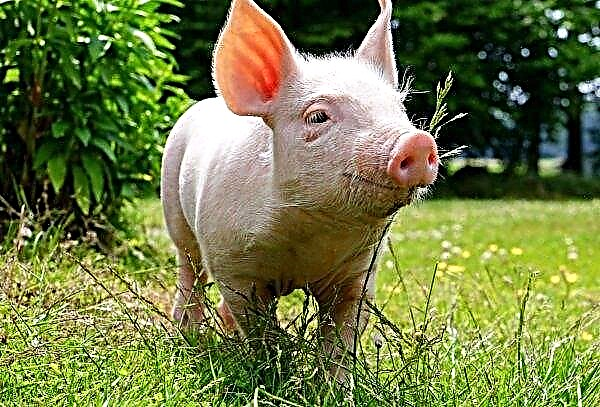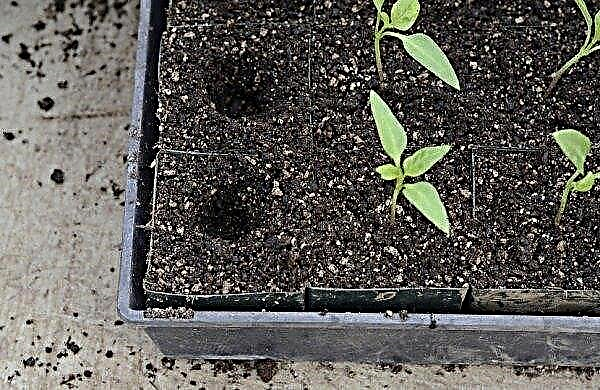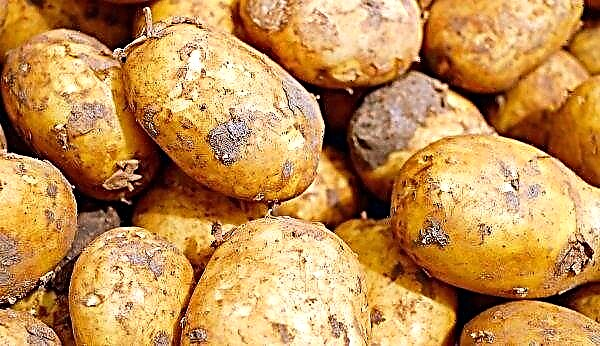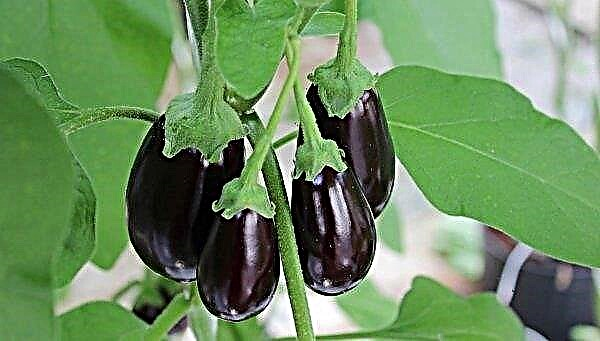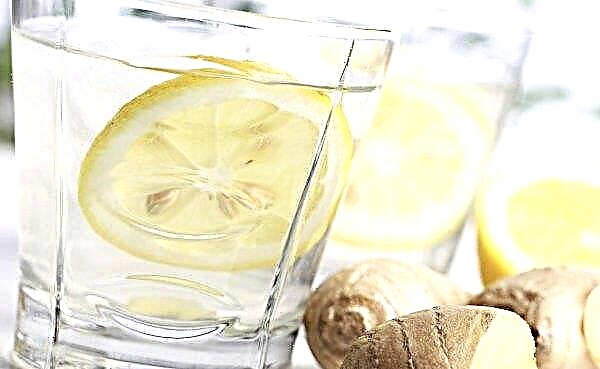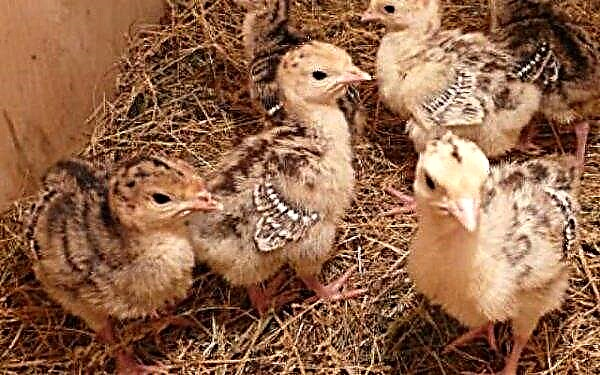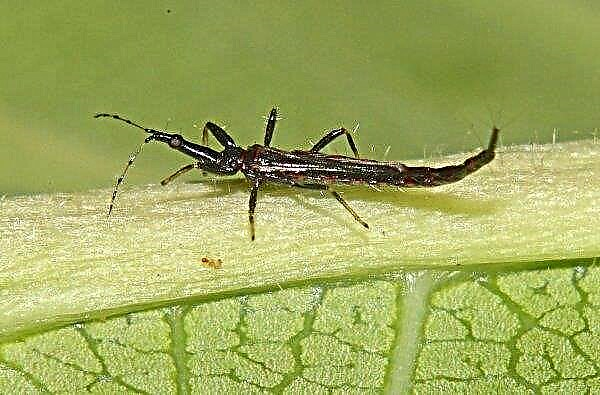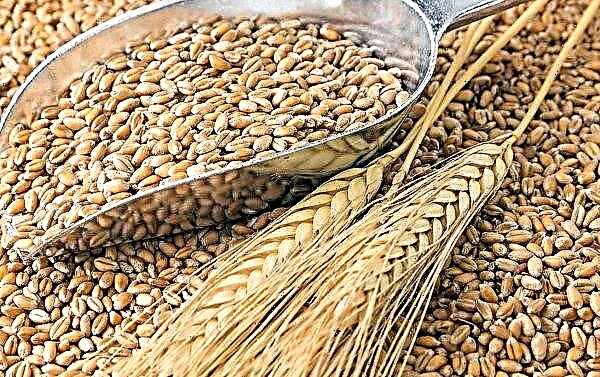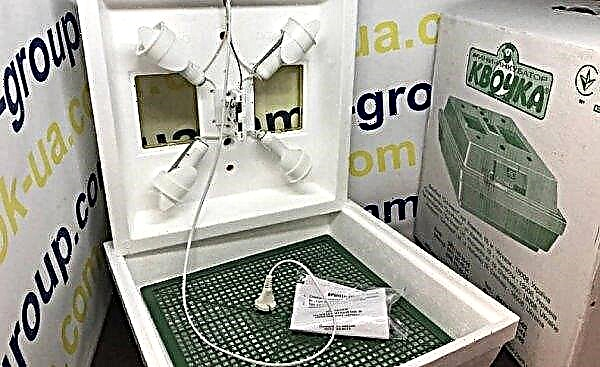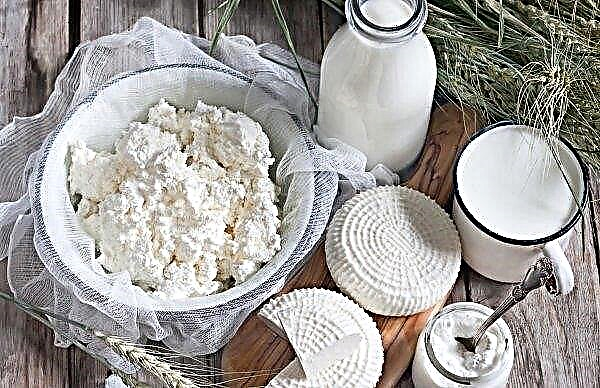In modern gardening, there are many varietal variations of vegetables that can satisfy the taste demands of the most demanding gourmets. For example, the Lyubava potato variety has been delighting Russian gardeners for years with delicious universal fruits, for which you don’t have to make excessive efforts. To evaluate all the benefits of tuber cultivation, we suggest that you familiarize yourself with the main characteristics of Lyubasha.
Grade description
This variety was included in the State Register of Plants of the Russian Federation in 2003, after it was obtained as a result of lengthy breeding work by specialists of VNIIKH named after Lorch A. G and Kemerovo Research Institute of Agriculture. Lyubava is a table variety of early ripening period recommended for cultivation in the Urals, in Eastern Siberia and in the Far East. Well, in the southern regions, almost all plants successfully develop.
Did you know? Potato tubers are a real storehouse of useful substances that have beneficial effects on various organs and systems of the human body. It is proved that with the daily use of potato tubers, the risk of strokes and the development of senile dementia is reduced several times, the main thing is to cook the tubers in a small amount of water.
Externally, potatoes are represented by powerful semi-upright medium-sized bushes on which medium violet corollas are formed during flowering, sometimes with a reddish hue. The leaf plates of the plant are small in size, open, dark green in color. From one such bush you can get up to 20 potatoes, weighing 109–210 g each, and 1 ha of plantings will bring 200–270 centners of fruit, with excellent taste. All of them can be used both for making magnificent mashed potatoes, and for frying or baking dishes. Lubava tubers are predominantly oval in shape, covered with medium-depth eyes. The tuber peel is red, not very rough to the touch. Inside each potato is a white pulp containing 11–17% starch. It takes at least 65 days to fully ripen the vegetable, although young potatoes begin to be digged earlier. Under good growing conditions, the amount of harvest will be 20% higher than the amount of planting material spent.
Lubava tubers are predominantly oval in shape, covered with medium-depth eyes. The tuber peel is red, not very rough to the touch. Inside each potato is a white pulp containing 11–17% starch. It takes at least 65 days to fully ripen the vegetable, although young potatoes begin to be digged earlier. Under good growing conditions, the amount of harvest will be 20% higher than the amount of planting material spent.
Pros and cons of the variety
As you know, there are no absolutely perfect crops, so do not be surprised that the Lyubava potato variety has both advantages and disadvantages of its cultivation.
- Advantages of Lyubava potatoes:
- great taste;
- large tubers;
- high varietal marketability (up to 98%);
- friendly formation of tuberous groups;
- increased starch content (1.5% more on average than in other varietal variations);
- good resistance to cancer processes in tubers;
- high drought tolerance.
The disadvantages of the variety are much smaller, but this does not mean that they are insignificant. In this case, we are talking about low resistance to late blight and the effects of golden nematodes, because of which the bushes need preventive treatments. This complicates the process of planting care a bit.
Features of planting potatoes
The process of planting Lyubava potatoes on a site is not much different from placing other varieties of this crop on it, but it is worth paying attention to some features. Correct selection of planting dates, compliance with crop rotation rules, proper preparation of soil and seed material will guarantee the high quality of the crop.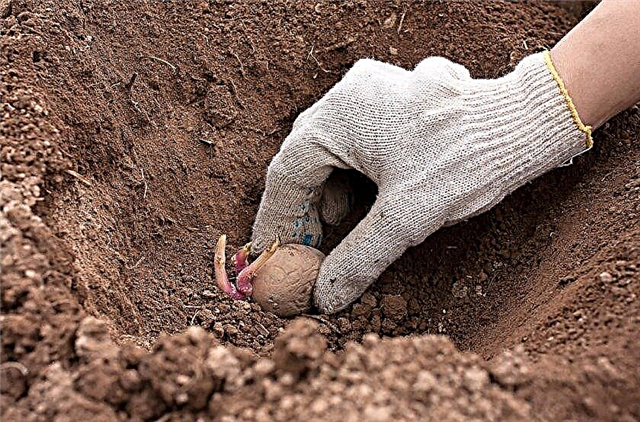
When is the best time to plant a variety?
In most regions of regionalization of a variety, it is planted at the end of May or even at the beginning of June, when the earth warms up to + 10 ... + 12ºC comfortable for the plant, and the probability of occurrence of return frosts is reduced to zero. In the southern regions, these dates can be slightly shifted, so if the weather allows, then potato beds can be issued in late April or early May.
Crop rotation rules
The crop rotation requirements in the case of Lyubava potatoes are almost identical to the similar requirements for other crop varieties. In the same area, potatoes are planted with a frequency of 1 time every 3-4 years, and in the intervals between planting on the bed you can grow cucumbers, perennial cereals, legumes and pumpkin plants, which are excellent predecessors for solanaceous crops.
Important! In the autumn preparation of the site, it is better not to break the soil into small clods. Large pieces of soil will freeze better in winter, and with them the remains of weeds and eggs of harmful insects will freeze.
It is undesirable to plant Lyubava tubers after other varieties of potatoes and tomatoes, which is explained by a strong depletion of the soil and the possibility of infection of new plantings by diseases and pests that have survived in the soil from "related" predecessors.
Soil requirements
The composition and condition of the soil is another important criterion in assessing the optimal conditions for planting potatoes. In the case of the Lyubava variety, when choosing a territory for planting a plant, it is worth paying attention to well-fertilized sandy-loamy or loamy substrates located in a dry place and protected from the wind. Before the direct planting of potatoes, 300 g of humus and 25 g of wood ash are additionally poured into each well.
Preparing planting material
Before planting potatoes in the soil, it must be carefully inspected and sorted, discarding spoiled specimens. Large fruits with a large number of eyes need to be sprouted, so that after planting in the soil they quickly set into growth. To accomplish this task, the potatoes are taken from the cellar 1-1.5 months before the expected date of planting and scattered in a well-lit place in one layer. Good seed material will sprout new shoots in a few weeks, and after a month will be completely ready for planting.
Did you know? If you think that potatoes contain a very large amount of carbohydrates and can harm your figure, then do not peel them when preparing tubers. In 100 g of potatoes, their skins contain only 66 kcal, while a similar peeled product conceals from 75 kcal.
Landing and hilling
The process of planting Lyubava potatoes involves a completely standard set of actions:
- First of all, level the area and fluff up the soil.
- Mark the places of future holes (when planting this variety between adjacent plants, it is better to leave at least 75 cm, and between rows - about 35 cm).
- Dig holes for potatoes and put 1-2 whole fruits in each of them, with sprouted sprouts (planting depth - 10-15 cm).
- Fill the wells and pour each of them 0.5 liters of water.
Video: planting potatoes
On this, the process of planting the culture can be considered completed and all that remains is to pour soil into the hill and leave the plant until the next hilling. As soon as 2 true leaves appear on young potatoes, you can add a little more soil under the trunk. Such hilling will serve as a good support for a weak sprout and will not allow it to break under the influence of a sharp gust of wind or other adverse environmental factors.
Growing and caring for potatoes after planting
After planting potatoes and the appearance of the first seedlings, you can begin to actively care for the crop. Lyubava variety is not very demanding on irrigation, so you can add liquid only in very dry periods, when there is not enough natural moisture and the soil remains dry at a depth of 0.3-0.4 m. Potatoes are fertilized several times per season: first after the emergence of young seedlings, and then during the period of budding culture.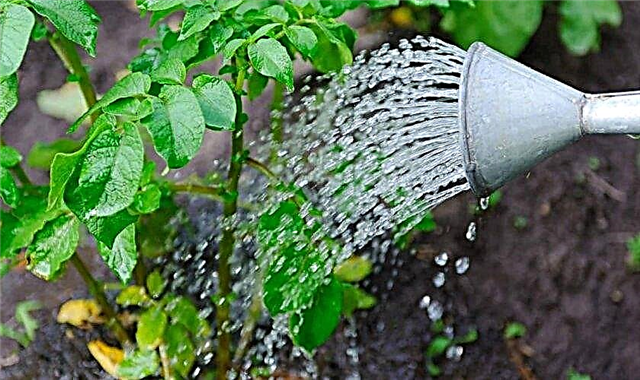 In the first case, as a nutritional composition, you can use a solution of 10 liters of water, 0.5 liters of mullein and about 17 g of urea, and if there is no mullein, then chicken droppings will replace it. The amount of water in this case will have to be increased by 3-5 liters, and about 0.5 liter of nutritional composition will be spent on 1 bush. When re-fertilizing potatoes, a little wood ash can be added to these ingredients.
In the first case, as a nutritional composition, you can use a solution of 10 liters of water, 0.5 liters of mullein and about 17 g of urea, and if there is no mullein, then chicken droppings will replace it. The amount of water in this case will have to be increased by 3-5 liters, and about 0.5 liter of nutritional composition will be spent on 1 bush. When re-fertilizing potatoes, a little wood ash can be added to these ingredients.
Between the moistening of the soil, it is useful to carry out loosening and hilling of plants. However, in order not to damage the weak root system of the crop, it is not necessary to deepen the tool into the soil by more than 1-2 cm. Regular cultivation with the simultaneous removal of weeds not only avoids planting thickening, but also ensures a good air flow to the roots of the potato, which positively affects its growth rate.
Important! To maintain only a healthy and high-quality crop, it is recommended to place them in a cool and dark place for 2 weeks before sorting the tubers. During this time, signs of disease will appear on the affected specimens, and they can be rejected in a timely manner.
Grade Diseases and Pests
The Lyubava variety has good resistance to some potato diseases. For example, tuber cancer and black leg rarely threaten the culture, but at the same time, gardeners often have to deal with scab, macrosporiosis and late blight, which are deservedly considered the main problem of almost any kind of potato. Of the pests it is worth fearing nematodes and Colorado beetles, standard insecticides will help get rid of: for example, Ratibor, Calypso, Ratibor or Karate. The last treatment of bushes from diseases and pests should be performed no later than 2-3 weeks before the expected harvest.
Of the pests it is worth fearing nematodes and Colorado beetles, standard insecticides will help get rid of: for example, Ratibor, Calypso, Ratibor or Karate. The last treatment of bushes from diseases and pests should be performed no later than 2-3 weeks before the expected harvest.
Harvesting and storage
The full technical maturity of the Lyubava variety occurs 65 days after the tubers are planted, however, you can try the first crop after 50 days. In order not to be mistaken with the timing of the mass harvest, you should focus on the condition of the potato tops: if it is yellow and dried, it is advisable to dig up the tubers over the next three weeks, otherwise they will lose their taste and are not suitable for long transportation.
All fruits should dry well under the sun and only after that they can be laid in storage. Further, the potatoes are laid out in plastic or wooden boxes and sent for storage in a dry and dark place with an air temperature not exceeding + 4ºC.
As you can see, the general rules for planting and caring for the Lyubava variety are not much different from the actions performed when growing potatoes of other varieties, therefore, no difficulties with the culture should arise. If you encounter the aforementioned diseases or pests, then traditional chemicals and competent prevention in the form of observing crop rotation and care rules will help to cope with them.

